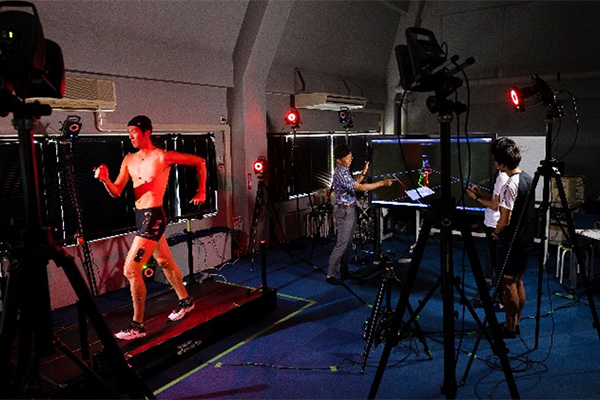Overview
In 2005, the Institute of Health and Sports Science & Medicine, Juntendo University was selected to participate in the “High-Tech Research Center Project” that was part of the MEXT project for the promotion of advanced scientific research in private universities (project organized by the Japanese Ministry of Education, Culture, Sports, Science, and Technology); thus, the institute was established in 2005 at Juntendo University’s Sakura campus, and its first Director was Professor Hideoki OGAWA (current President of the Juntendo University). Initially, it was established as a research organization that aimed to conduct research with a focus on “Adaptation of the mind and body to exercise: development of objective markers for designing personalized exercise programs” (2005–2009). Later, the institute went on to focus on major issues such as the“Establishment of a sports medical science base for promotion of children’s health”(2011–2015)(which was adopted as MEXT’s project for supporting the formation of strategic research infrastructure), “Visualizing brain function and structure: the center for multidimensional imaging” (2016) (which was selected for the Private University Research Branding Project by the Japanese Ministry of Education, Culture, Sports, Science, and Technology) and “ʻHealth Creationʼ based on sports science: a global branding project through metabolic science research” (2017); even now, we are working on projects related to these.
Thus, our research institute has been exploring major topics since the initial period of its establishment. In addition, the institute aims to deepen cooperation with other research institutes and centers, such as the Sportology Center at the university’s faculty of medicine, while developing active research projects that integrate Sports Science and Medicine, which signify Juntendo University’s major strengths; we also aim to use the fruits of our research to contribute to societal development.
Massage from the Director
After it was announced that the 2020 Olympics and Paralympics would be held in Tokyo, interest in sports, as well as expectations, has considerably increased not only among researchers but also throughout the nation. As it forms the core of research activities conducted at the Graduate School of Health and Sports Science, Juntendo University, the Institute of Health and Sports Science & Medicine has thus far conducted various research activities related to sports and has enjoyed a number of achievements. As can be discerned from the topics of various grant-in-aid research projects that supported the establishment of our institute, its research has been centered on preventive medicine aimed at maintaining and improving physical and mental health, as well as improving quality of life. As we move towards the post-2020 period, the range of research topics will be expanded, and we will continue to devote our efforts to sports medicine research involving the improvement of athletic competitiveness and the prevention/recovery from sports-related injuries, as well as examining and elevating the value of sports. Our aim is to ensure that our research institute and all its staff are able to participate in global initiatives in the field of sports-related research. To achieve our goal, we work hard every day to reinforce our joint research projects conducted with enterprises, other research institutes, and researchers inside and outside our university; we are also making efforts to revitalize our international joint research programs and to acquire funding for large-scale research studies. Additionally, we continue to foster young researchers. We would like to ask a range of people for their honest opinions, suggestions, support, and cooperation regarding the activities of our research institute.
Hisashi NAITO, Director of Institute of Health and Sports Science & Medicine, Juntendo University
Facilities and Equipment
Hitachi MR Imaging Equipment: VENTO-J-SHIM
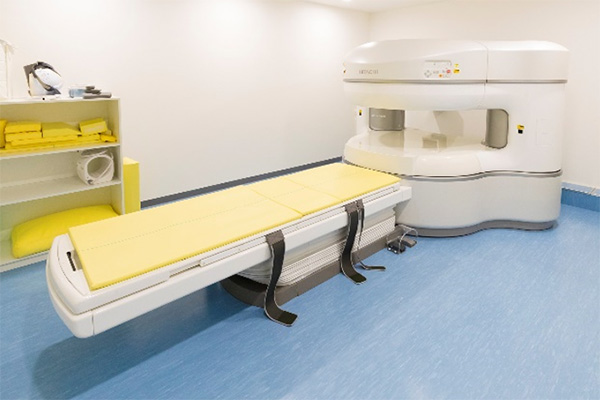
Device for radiographic measurement of bone density: Discovery, type A

Human calorimeter
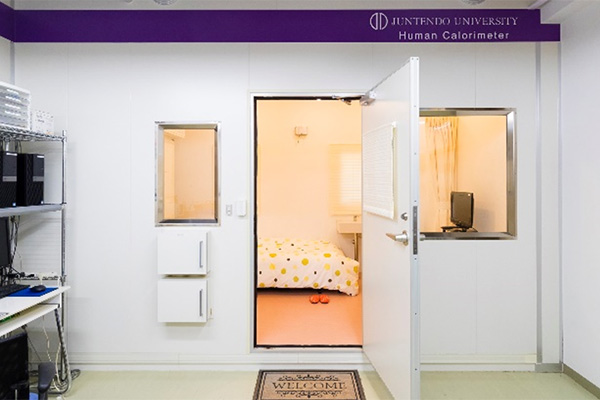
Set-up for the measurement of mitochondrial enzyme activity and cell metabolism: Oxygraph-2k/LED module
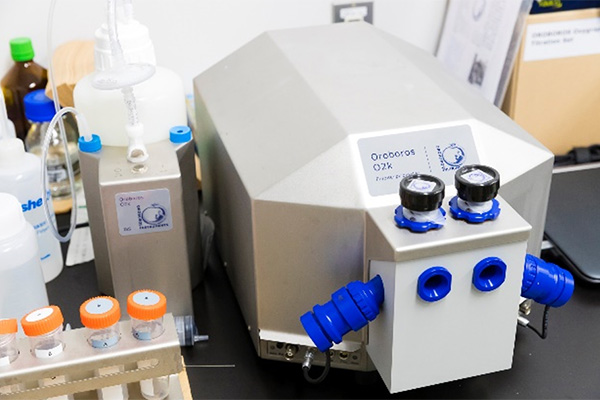
Real-time PCR system QuantStudio5 A28140
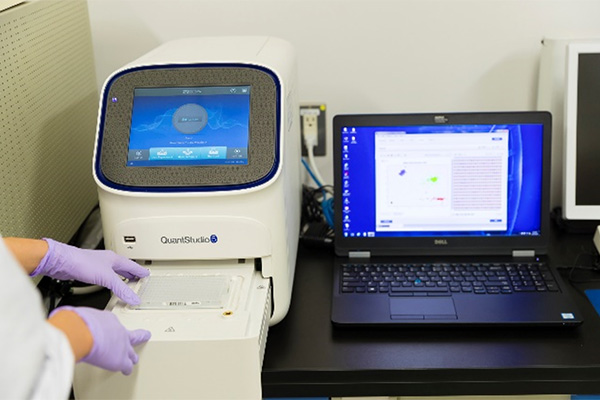
Morris water maze (for mice)
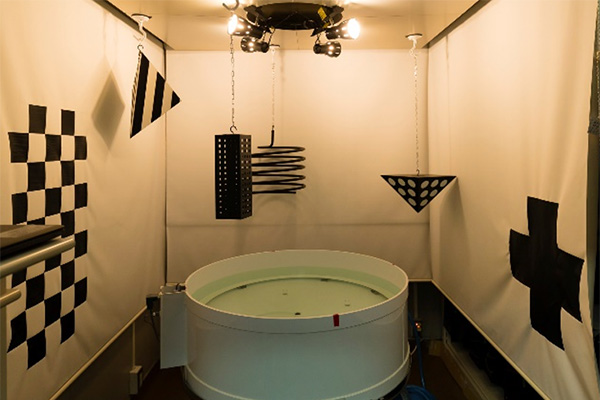
Treadmill
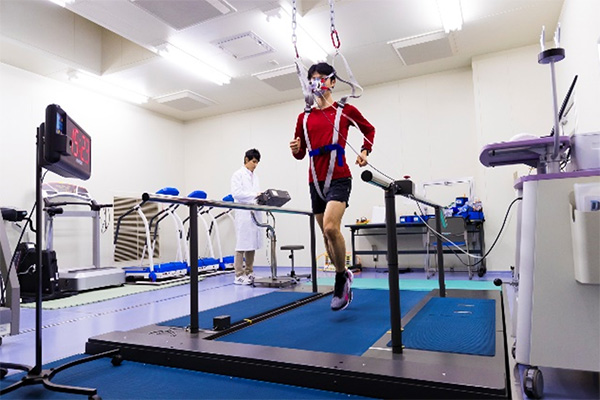
Treadmill with built-in force plate and motion capture system
